Shortage Impedes Capability
Japan’s Self Defense Forces (JSDF) are known for their proficiency in utilizing sophisticated weapons, but they have always faced a serious challenge – ammunition shortage.
No matter how skilled the soldiers or advanced the equipment, the lack of munition can render these advantages as useless in a combat scenario. This is why it is crucial to stockpile enough ammunition from peacetime to sustain the military’s wartime capabilities.
Unfortunately, Japan falls short of such preparation, with the JSDF being obstructed by budget constraints, resulting in low stockpiles of vital ammo.
The JSDF does not even have enough ammo for their routine exercises and it is not that long ago when soldiers had to shoot blank rounds with their mouth. In fact, some units are still stuck with this “bang-bang training” which is suspected to be ineffective in improving skills.
Ironically, the scarcity of munitions and opportunities for live-fire training have led to a spirit of “single-shot for each kill” with numerous personnel demonstrating excellent marksmanship.
Nevertheless, a functional military should raise the overall skill and create a well-coordinated “team” through adequate training rather than relying on individual play.
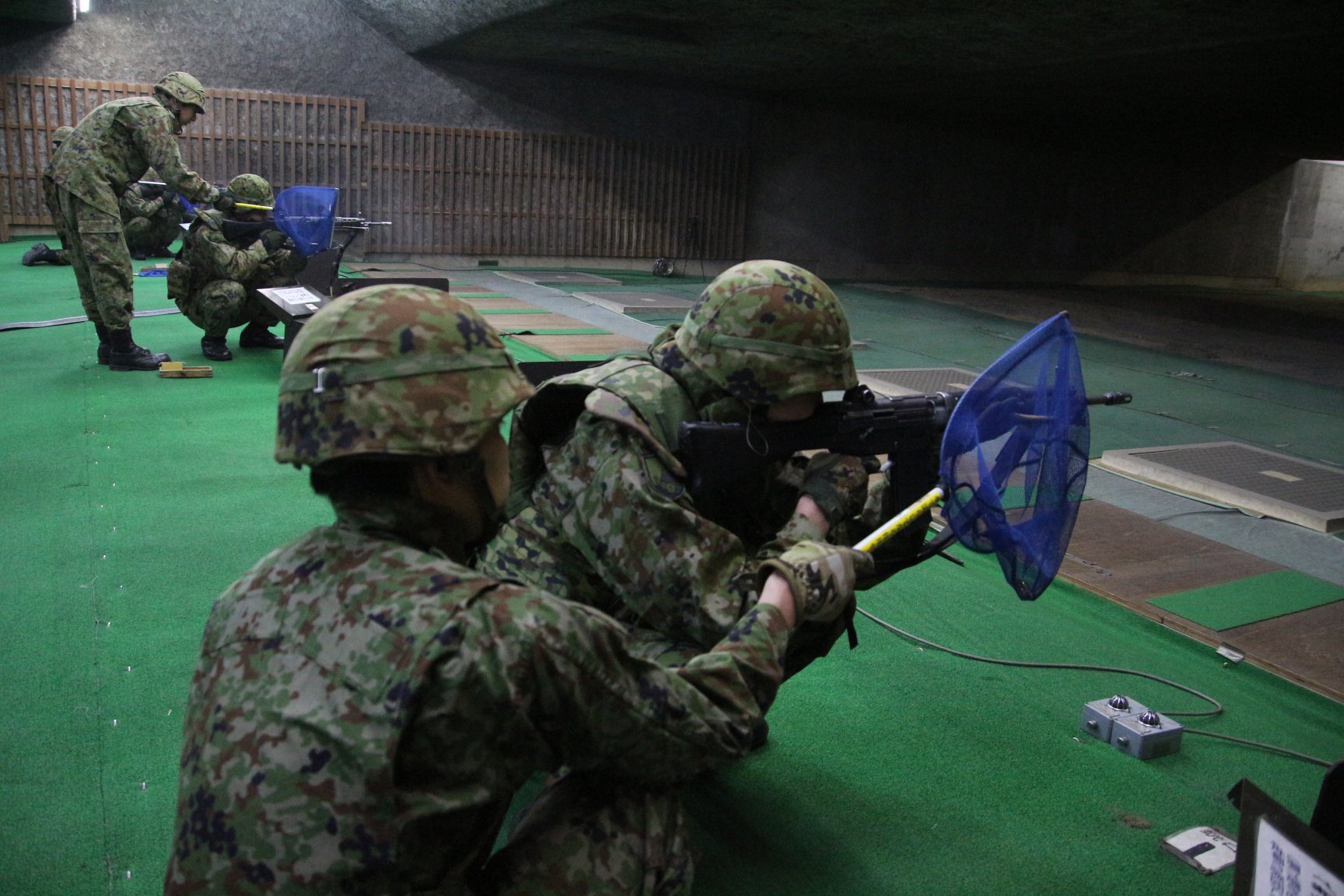 Not many chances to fire actual rounds (photo: JGSDF)
Not many chances to fire actual rounds (photo: JGSDF)
Chronic shortage has not only limited the number of live-fire training, but seriously casts doubt on the JSDF’s capability to conduct an actual military operation.
During the Cold War, it was famously said that if a Soviet invasion occurred, the each JSDF organization would exhaust its ammunition as follows – the Air Force in three hours, the Navy in three days, and the Army in three weeks.
In either case, Japan was hardly ready to fight a prolonged conflict even at the height of the Cold War and the situation seems to have gotten worse. After the Cold War, the already insufficient budget saw gradual cuts until the 2010s with it being finally reversed in 2013 under the leadership of the late Prime Minister Abe.
The rise of China has undoubtedly driven the government to increase the defense budget, but the JSDF’s logistical capacity to deliver ample resources to the frontlines remains uncertain. According to some estimates, the current stockpile would only last roughly two months in the event of a conflict with China.
More Budget, Production, Depots
Given the heightened concerns of a Taiwan Contingency, Japan has finally recognized the urgency of the ammunition shortage, veering towards a significant expansion of stockpiles.
The 2023 fiscal year ammunition budget has increased by four-fold reaching over 800 billion yen or 8 billion USD. This includes the purchase of long-range missiles like the 400 Tomahawk missiles, further indicating Japan’s breakaway from the strict pacifist policy.
Modern warfare consumes a staggering amount of munitions, as seen in the Russo-Ukrainian War where thousands of artillery shells are used in a single day.
If we take such reality into account, the 400 Tomahawks would be depleted in just three or four days in a full-scale conflict with China, forcing the Japanese Government to upgraded its initial plan of preparing 1,500 long-range missiles.
Attempts are also being made to enhance domestic production capacity.
Although ammunition has an expiration date and is normally delivered by “on-demand production,” it was unlikely that Japan could even shift to wartime production. Thus, the government has decided to construct new factories and outsource the production to private firms.
As these new factories aim to increase the stockpile, the decentralization of ammo storages is expected to accelerate in order to reduce the risk of losing a large amount at once.
There are approximately 1,400 ammunition depots across Japan, but 70% of the total stockpile is heavily concentrated in Hokkaido. While this a remnant from the Cold War era, Hokkaido is located on the opposite end of the Japanese Archipelago from Okinawa where the crisis is anticipated.
Therefore, the government plans to add 130 more ammunition depots and disperse the storages, particularly focusing on the southwestern region.


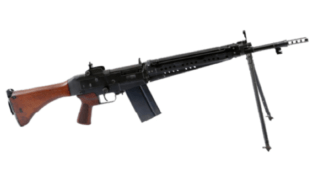
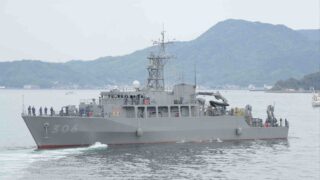
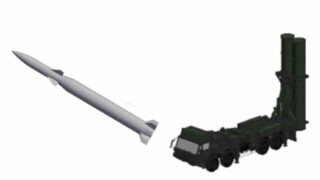
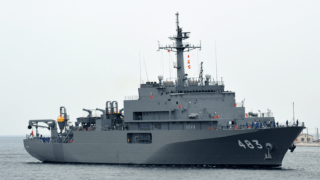
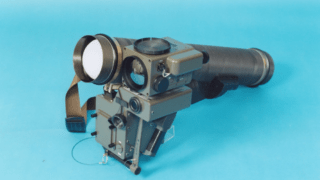
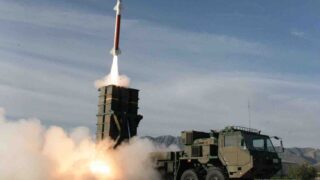

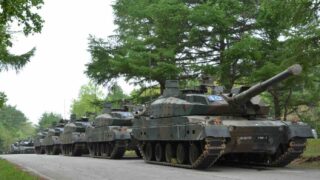
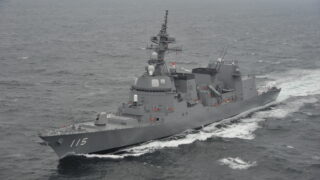



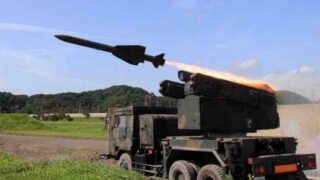
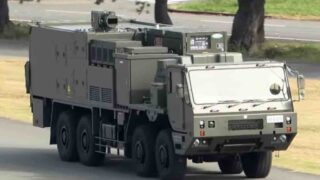
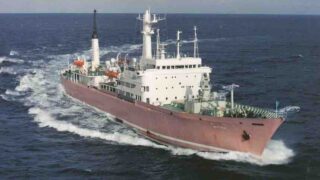
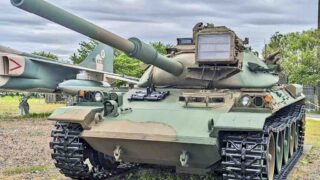
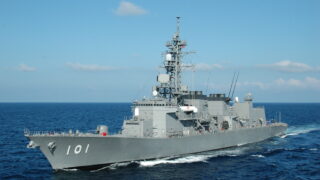

Comments